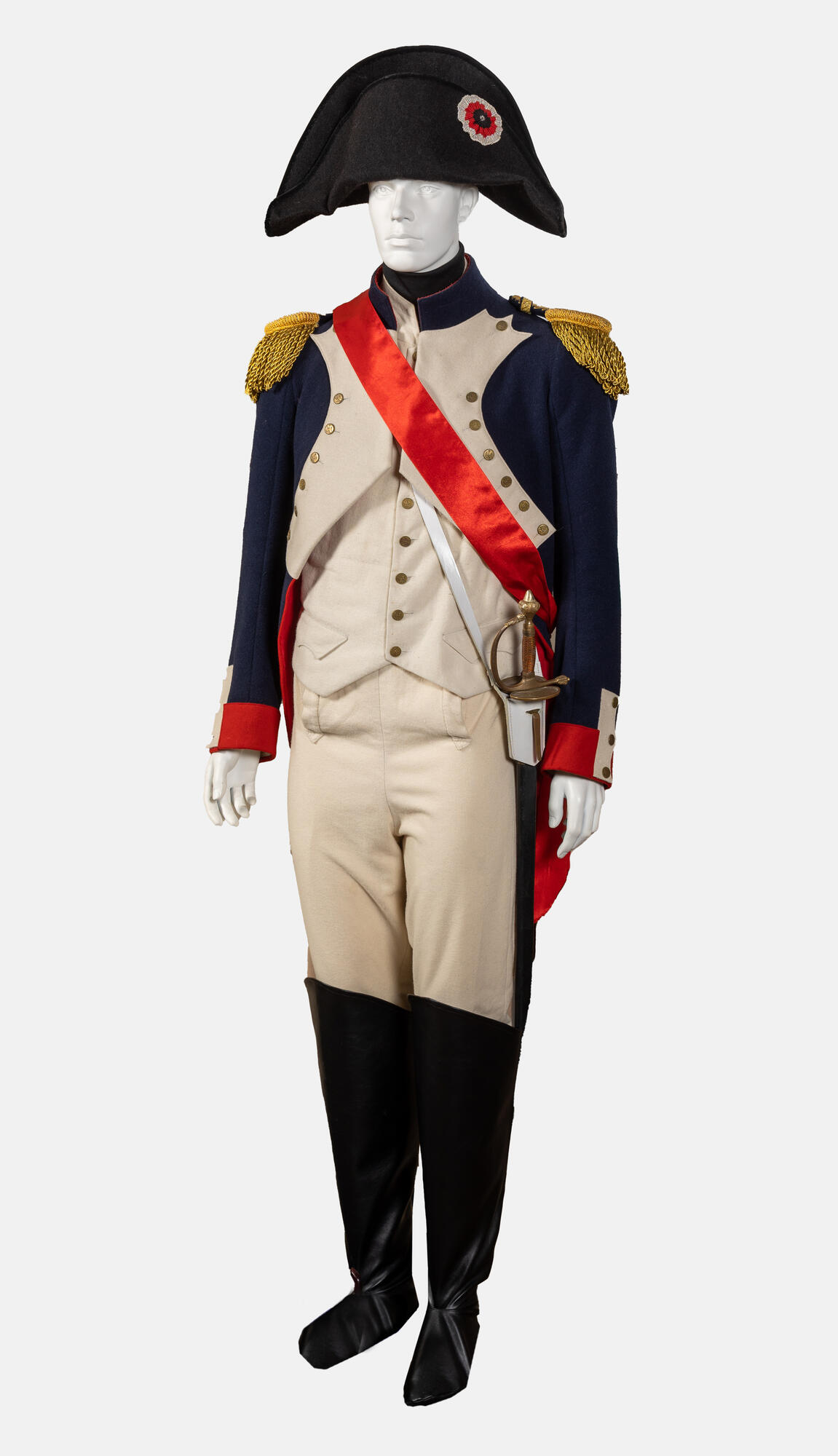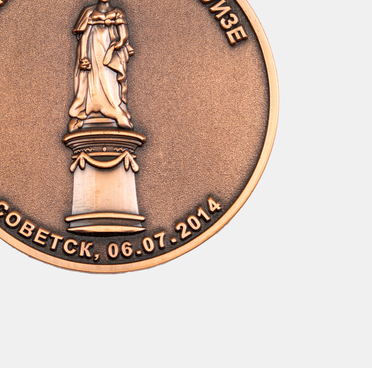Fashion is one of the many tools that Napoleon Bonaparte skillfully used to assert the symbolism of his power. As with French politics and institutions, Napoleon was able to epitomize in his own way the successor and reviver of the fashion of the early 19th century. How could a man so symbolically dressed in his famous gray frock coat, with his hidden hand in a military uniform of woolen cloth, and with his legendary black bicorne, have such authority in fashion? A military uniform helps assert power and legitimacy.
Fashion served Napoleon, just as Napoleon served fashion. Initially, Napoleon’s tastes in fashion were simple and modest. One innovation Napoleon introduced was replacing the heraldic fleur-de-lys of the French royal family with the bees of the imperial dynasty. Napoleon made himself somewhat of an extension of ceremonial fashion to promote his empire. He knew camp life, survived the harsh mores of the Revolution, and understood the need to look magnificent to glow among others. He was most often seen wearing a regular Imperial Guard uniform that was square, curvy, consisting of a coat with long tails that flared at the back of the hips, thrown over a white waistcoat. As for the bottoms, on formal occasions he combined short breeches and silk stockings with short shoes, while in everyday life and on the battlefield he chose long white breeches tucked into black boots.
During the days of the signing of the Peace of Tilsit, Denis Davydov recalled that Napoleon was dressed “in the dark green uniform of the chasseurs à cheval; piped with red, lapels cut aslant, to show white kerseymere jacket with small uniform buttons. His colonel’s golden epaulets were like those of our full generals, without stars. On his uniform he had a star and a cross of the Legion of Honor. The lower part of his outfit is of white kerseymere, his soft leather boots over the knee, very glossy, with light gold spurs. A sword is on his hip and a hat in his hand, as long as he does not approach the horse.”
The reconstructed uniform of
Napoleon I of the early 19th century consists of a tunic, wool breeches, epaulets, vest, tie, hat
with a cockade, sword belt, model of a sword, and a ribbon of an order.



